Cumari Pollux
Species: Capsicum praetermissum | Origin: Brazil and Paraguay | Pungency: Hot
Cumari Pollux is a well known variety from Brazil and belongs to the Capsicum praetermissum species, which is a wild species native to Southern Brazil, Southeastern Brazil, West-Central Brazil and Paraguay. The species belongs to the Capsicum baccatum complex and was formerly classified as Capsicum baccatum var. praetermissum. There are many varieties belonging to this species and all are typically referred to as Cumari or true Cumari in Brazil. Although Capsicum praetermissum is a wild species and can be found growing abundantly in the wild, it is also grown commercially in Brazil to some extent.
One characteristic of this species is its attractive-looking flowers, which are typically purple and white with yellow-green spots at the base of the petals. The amount of purple on the flowers can vary from variety to variety, and in some cases is can be almost absent. The name 'Cumari', sometimes spelt as 'Comari' or 'Combari', comes from the now extinct Tupian language of the Brazilian Amazon Rainforest and means 'the taste of pleasure' in English. Another well known variety belonging to the C. praetermissum species is Cumari Verdadeira, which means 'true Cumari' in Portuguese.
Often found growing in forest clearings, around the edges of forests or any areas where they receive adequate sunlight, Cumari Pollux plants are like small shrubs and grow to about four feet in height with some lateral branching coming from the base of the main stem. The leaves are pubescent and green in colour, and the stems are also pubescent and green in colour with dark purple veins. The small, thin-walled, upright growing, ovoid-shaped chillies start green and ripen through dirty green, several shades of orange and then to bright red. Immature fruits may develop a slight anthocyanin cover if the plants are exposed to strong sun, and when fully ripe the fruit turns soft and falls away from the calyx very easily (deciduous). There are typically two flowers per node, but occasionally there can also be three.
The initial flavour of immature fruit is slightly citrusy and then fruity, but once fully ripe it develops a slight sweetness and the fruitiness becomes more intense, which is very pleasant. In both cases, the heat is sharp and quite short-lived and is mostly concentrated at the back of the throat, the sides and tip of the tongue and on the lips. In Brazil, C. praetermissum chillies are typically picked at the green stage and are normally preserved in oil or vinegar. Green is the preferred stage for harvesting because they have a firmer consistency and are said to be hotter. Another reason why they are harvested at the green stage is because the birds fly over the plantations and steal the ripe fruit, which is just another testament to how tasty they are!
Cumari Pollux (C. praetermissum) should not be confused with Cumari do Pará, which is another popular Brazilian variety from the state of Pará and belongs to the Capsicum chinense species. Cumari Pollux is an easy variety to grow and the strong plants perform very well outdoors here in North Wales during the growing season. In 2022, we had a very hot summer with very little rain, and in 2023 we had a lot of rain, and on both occasions the plants performed well.
Page published on: 15th September 2022
Cumari Pollux is a well known variety from Brazil and belongs to the Capsicum praetermissum species, which is a wild species native to Southern Brazil, Southeastern Brazil, West-Central Brazil and Paraguay. The species belongs to the Capsicum baccatum complex and was formerly classified as Capsicum baccatum var. praetermissum. There are many varieties belonging to this species and all are typically referred to as Cumari or true Cumari in Brazil. Although Capsicum praetermissum is a wild species and can be found growing abundantly in the wild, it is also grown commercially in Brazil to some extent.
One characteristic of this species is its attractive-looking flowers, which are typically purple and white with yellow-green spots at the base of the petals. The amount of purple on the flowers can vary from variety to variety, and in some cases is can be almost absent. The name 'Cumari', sometimes spelt as 'Comari' or 'Combari', comes from the now extinct Tupian language of the Brazilian Amazon Rainforest and means 'the taste of pleasure' in English. Another well known variety belonging to the C. praetermissum species is Cumari Verdadeira, which means 'true Cumari' in Portuguese.
Often found growing in forest clearings, around the edges of forests or any areas where they receive adequate sunlight, Cumari Pollux plants are like small shrubs and grow to about four feet in height with some lateral branching coming from the base of the main stem. The leaves are pubescent and green in colour, and the stems are also pubescent and green in colour with dark purple veins. The small, thin-walled, upright growing, ovoid-shaped chillies start green and ripen through dirty green, several shades of orange and then to bright red. Immature fruits may develop a slight anthocyanin cover if the plants are exposed to strong sun, and when fully ripe the fruit turns soft and falls away from the calyx very easily (deciduous). There are typically two flowers per node, but occasionally there can also be three.
The initial flavour of immature fruit is slightly citrusy and then fruity, but once fully ripe it develops a slight sweetness and the fruitiness becomes more intense, which is very pleasant. In both cases, the heat is sharp and quite short-lived and is mostly concentrated at the back of the throat, the sides and tip of the tongue and on the lips. In Brazil, C. praetermissum chillies are typically picked at the green stage and are normally preserved in oil or vinegar. Green is the preferred stage for harvesting because they have a firmer consistency and are said to be hotter. Another reason why they are harvested at the green stage is because the birds fly over the plantations and steal the ripe fruit, which is just another testament to how tasty they are!
Cumari Pollux (C. praetermissum) should not be confused with Cumari do Pará, which is another popular Brazilian variety from the state of Pará and belongs to the Capsicum chinense species. Cumari Pollux is an easy variety to grow and the strong plants perform very well outdoors here in North Wales during the growing season. In 2022, we had a very hot summer with very little rain, and in 2023 we had a lot of rain, and on both occasions the plants performed well.
Page published on: 15th September 2022
 |
| Cumari Pollux - 3rd March 2022 |
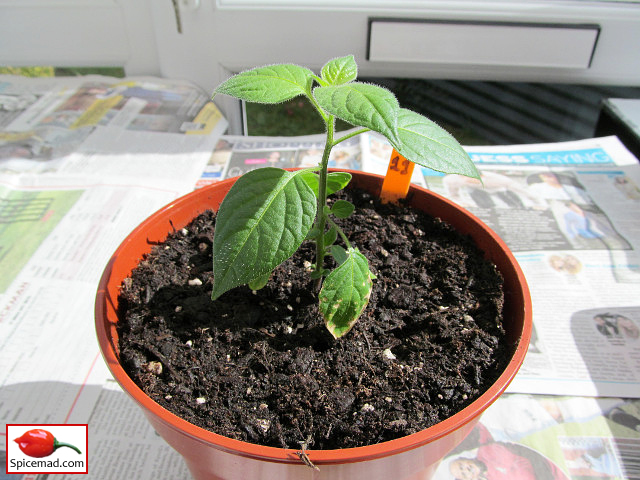 |
| Cumari Pollux - 31st March 2022 |
 |
| Cumari Pollux - 13th April 2022 |
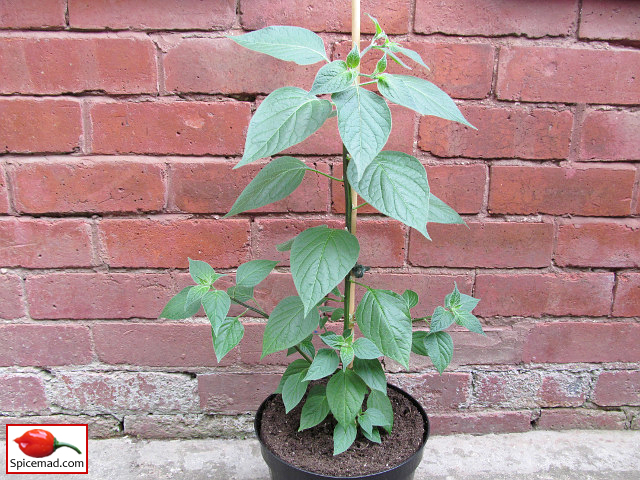 |
| Cumari Pollux - 16th May 2022 |
 |
| Cumari Pollux - 30th June 2022 |
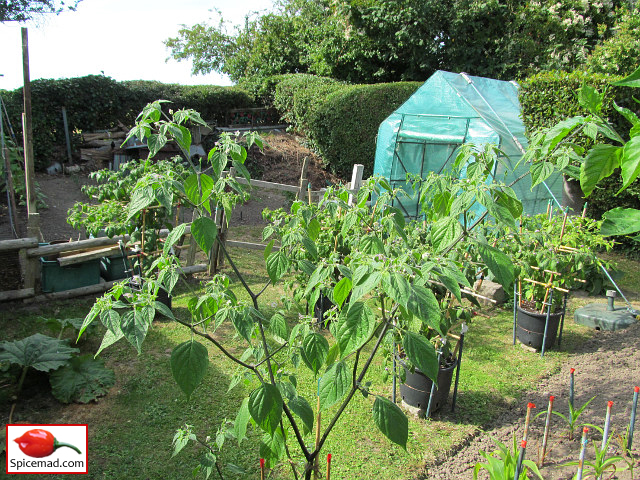 |
| Cumari Pollux - 14th July 2022 |
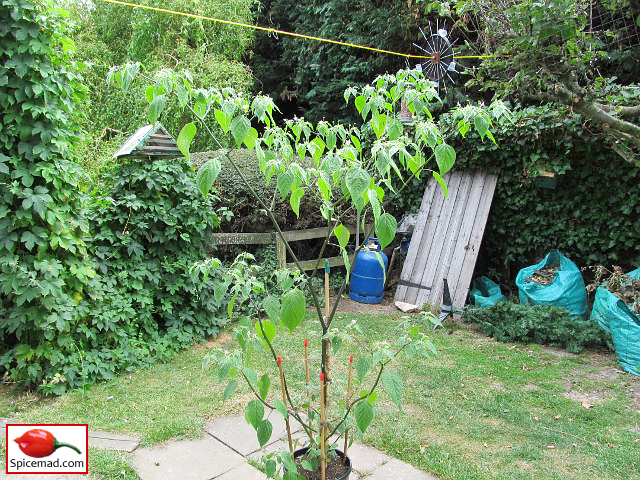 |
| Cumari Pollux - 21st July 2022 |
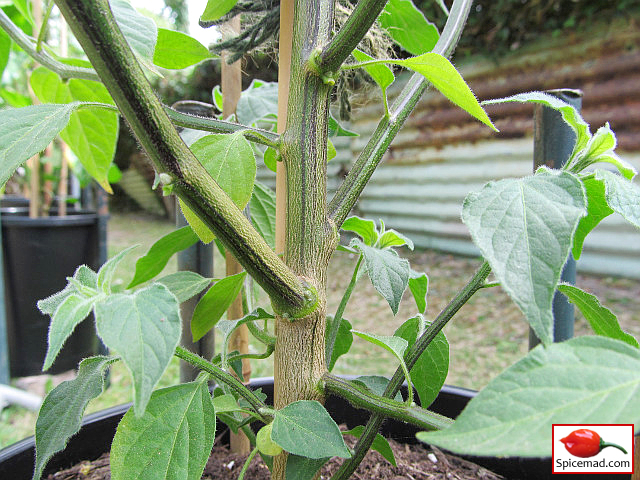 |
| Cumari Pollux - 21st July 2022 |
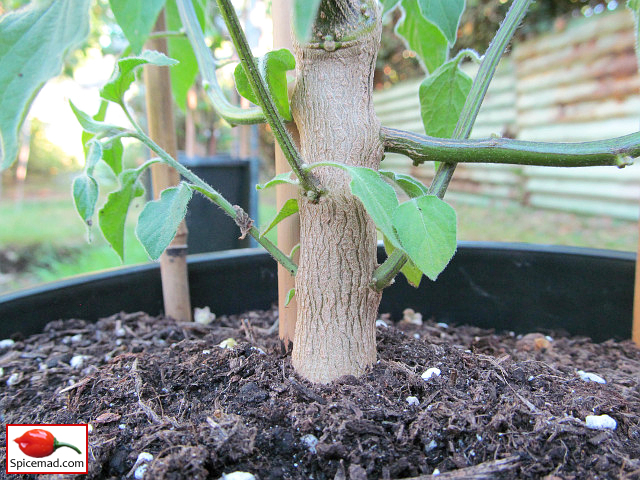 |
| Cumari Pollux - 10th September 2022 |
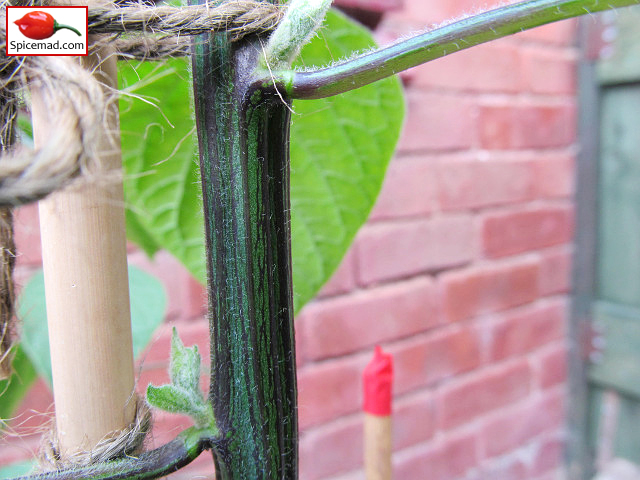 |
| Cumari Pollux - 30th June 2022 |
 |
| Cumari Pollux - 21st July 2022 |
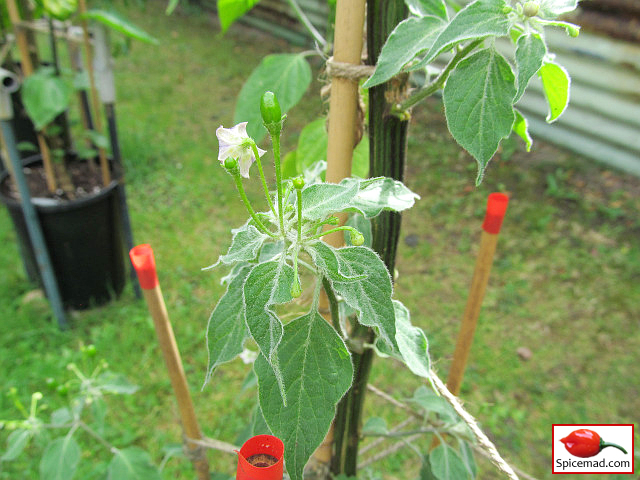 |
| Cumari Pollux - 13th September 2022 |
 |
| Cumari Pollux - 21st July 2022 |
 |
| Hoverfly on Cumari Pollux Leaf - 8th September 2022 |
 |
| Cumari Pollux - 5th August 2022 |
 |
| Cumari Pollux - 5th August 2022 |
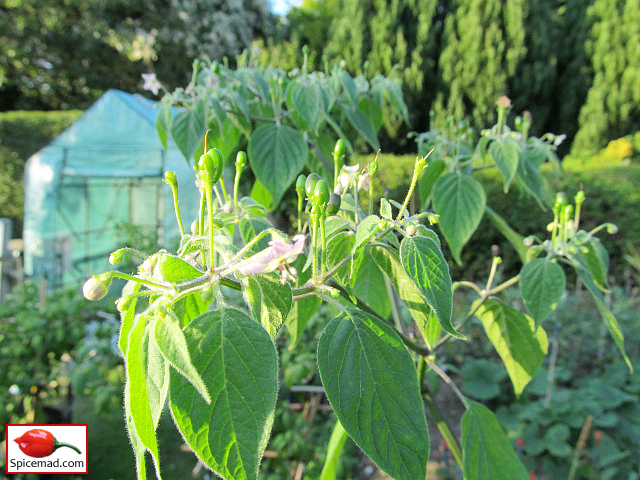 |
| Cumari Pollux - 5th August 2022 |
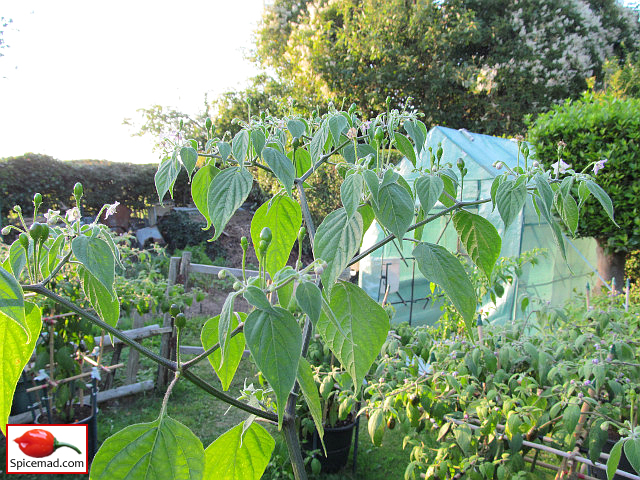 |
| Cumari Pollux - 5th August 2022 |
 |
| Cumari Pollux - 5th August 2022 |
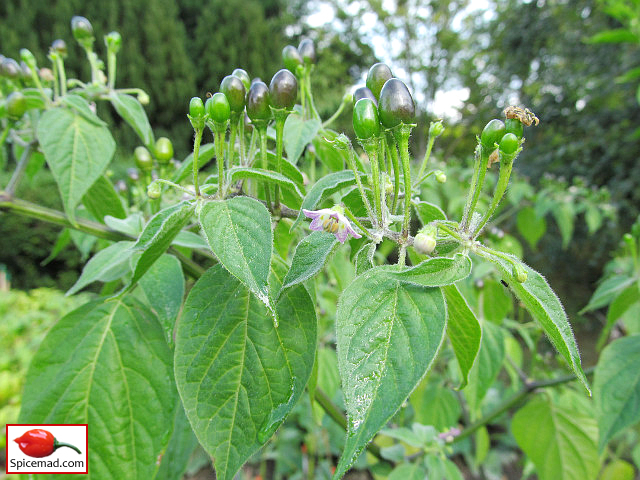 |
| Cumari Pollux - 7th August 2022 |
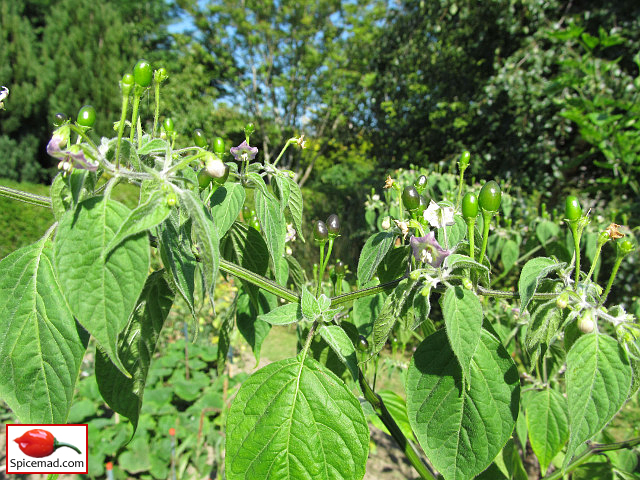 |
| Cumari Pollux - 10th August 2022 |
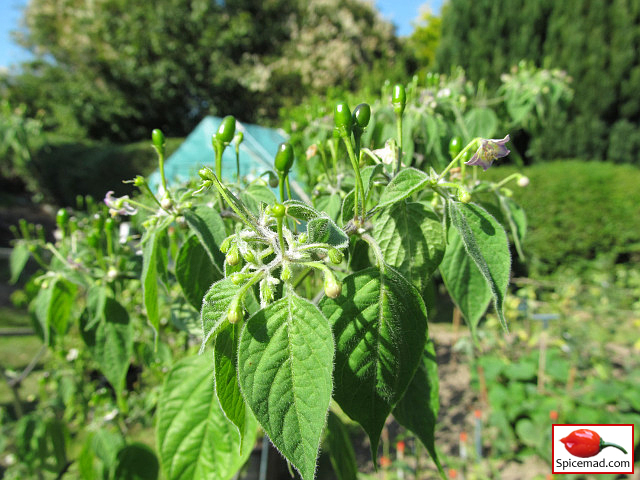 |
| Cumari Pollux - 10th August 2022 |
 |
| Cumari Pollux - 10th August 2022 |
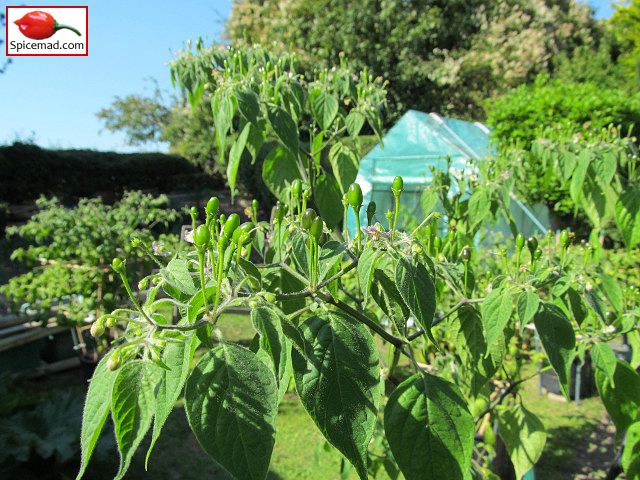 |
| Cumari Pollux - 10th August 2022 |
 |
| Cumari Pollux - 10th August 2022 |
 |
| Cumari Pollux - 10th August 2022 |
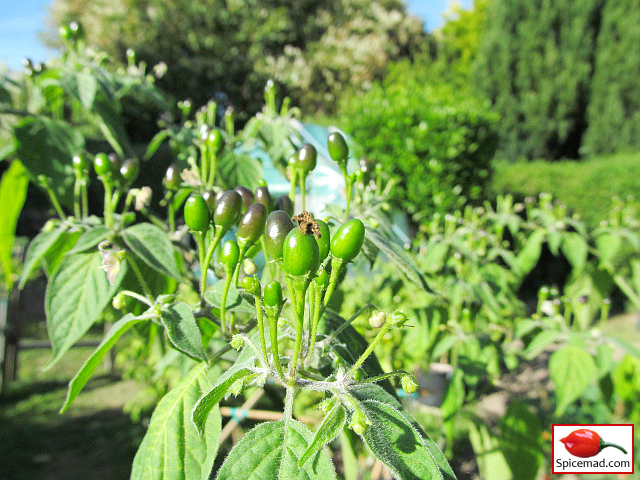 |
| Cumari Pollux - 27th August 2022 |
 |
| Cumari Pollux - 27th August 2022 |
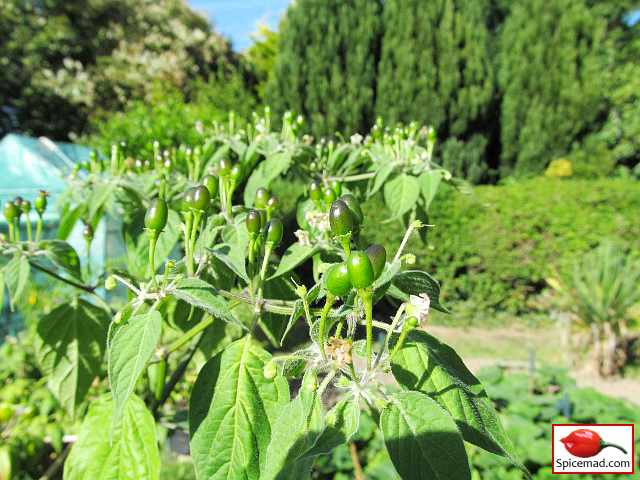 |
| Cumari Pollux - 27th August 2022 |
 |
| Cumari Pollux - 28th August 2022 |
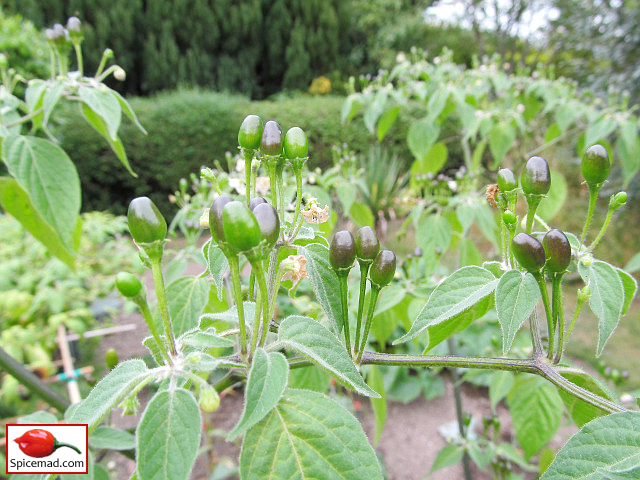 |
| Cumari Pollux - 28th August 2022 |
 |
| Cumari Pollux - 28th August 2022 |
 |
| Cumari Pollux - 28th August 2022 |
 |
| Cumari Pollux - 8th September 2022 |
 |
| Cumari Pollux - 10th September 2022 |
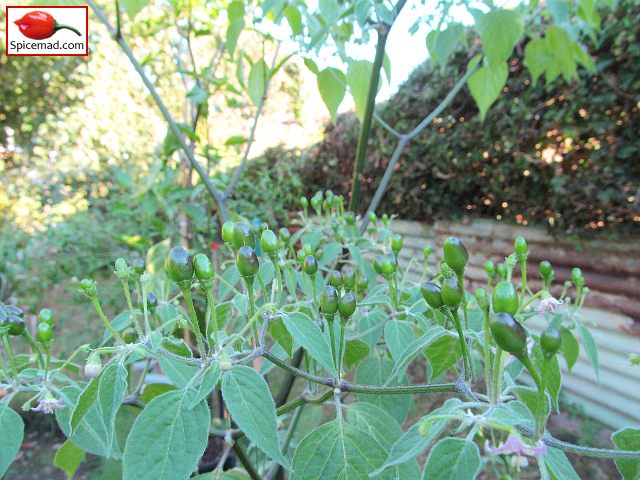 |
| Cumari Pollux - 10th September 2022 |
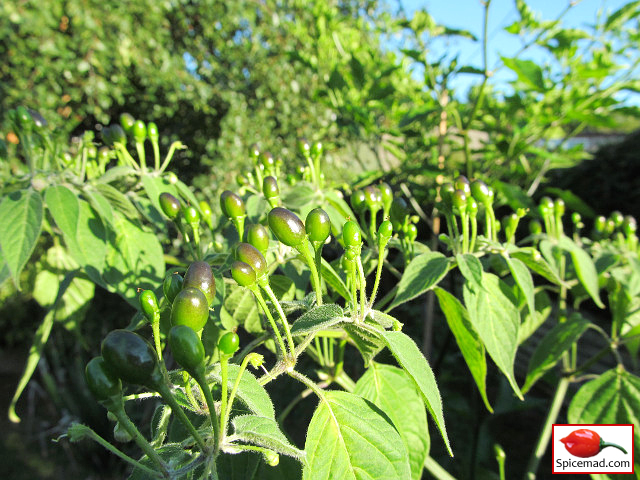 |
| Cumari Pollux - 10th September 2022 |
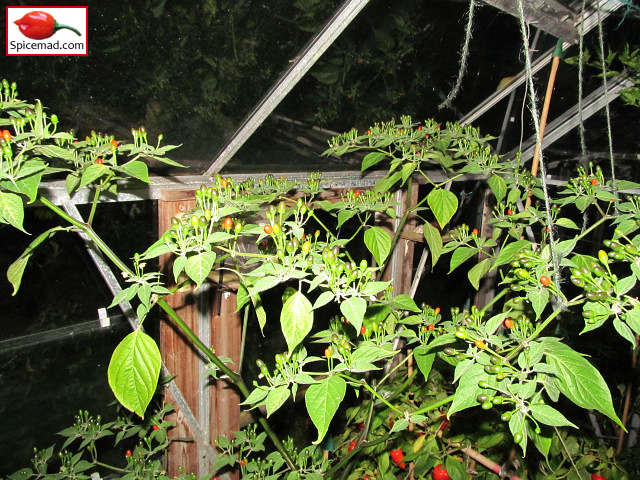 |
| Cumari Pollux - 10th October 2022 |
 |
| Cumari Pollux - 13th October 2022 |
 |
| Cumari Pollux Flower Bud - 30th June 2022 |
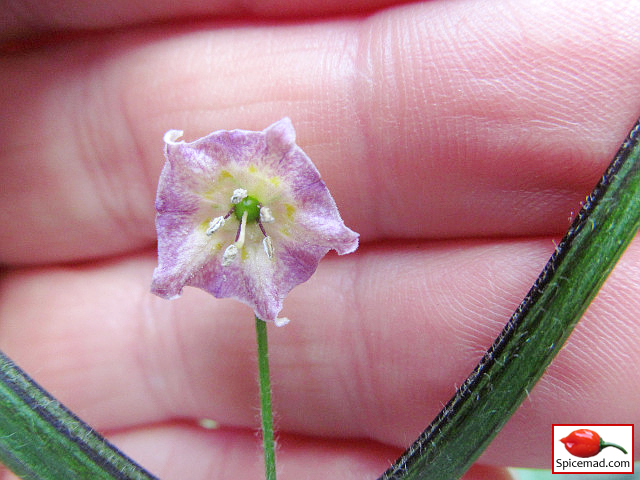 |
| Cumari Pollux Flower - 30th June 2022 |
 |
| Cumari Pollux Flower - 30th June 2022 |
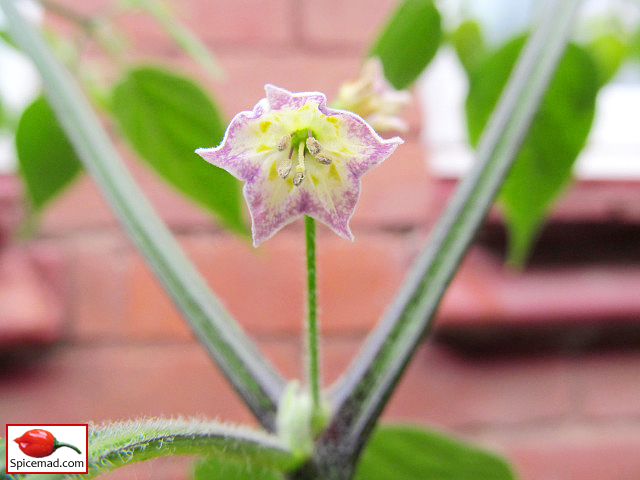 |
| Cumari Pollux Flower - 30th June 2022 |
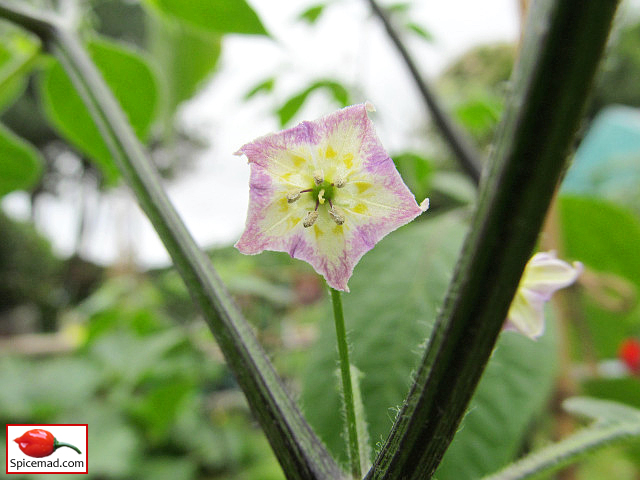 |
| Cumari Pollux Flower - 7th July 2022 |
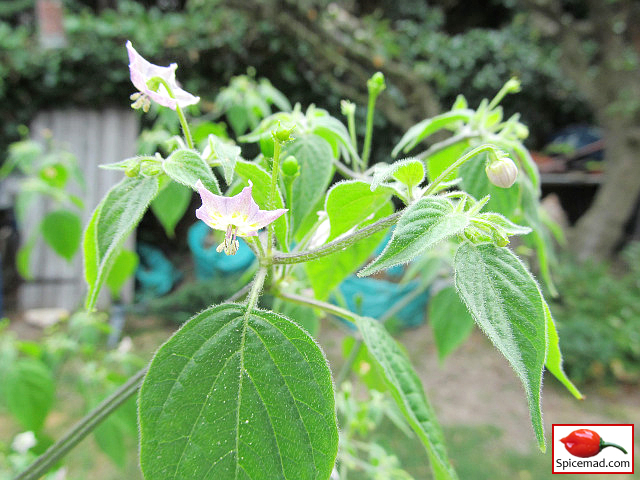 |
| Cumari Pollux Flowers - 21st July 2022 |
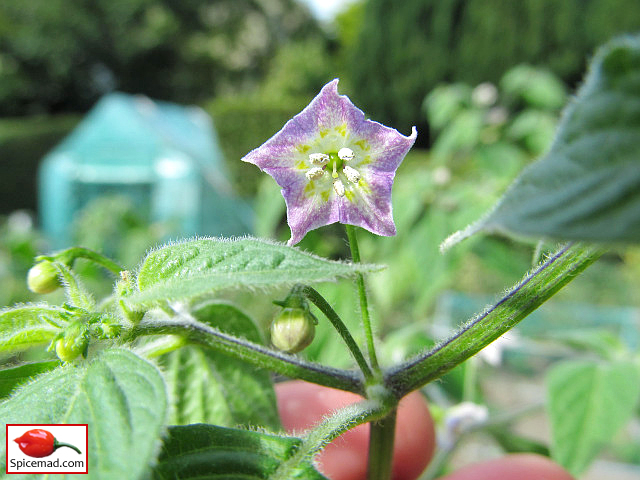 |
| Cumari Pollux Flower - 14th July 2022 |
 |
| Cumari Pollux Flower - 7th September 2022 |
 |
| Cumari Pollux Flowers - 13th September 2022 |
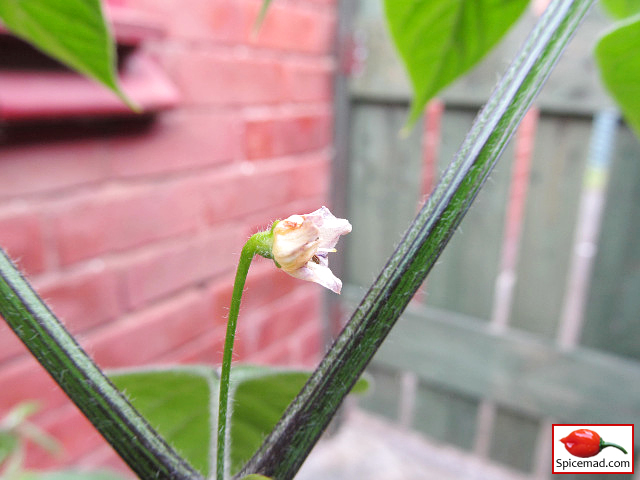 |
| Cumari Pollux - 30th June 2022 |
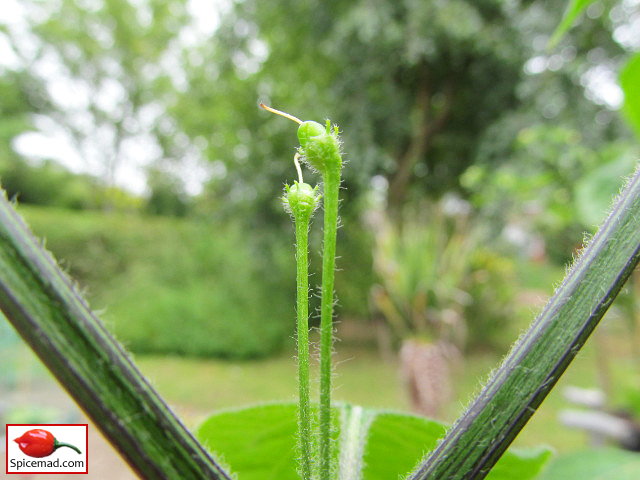 |
| Cumari Pollux - 7th July 2022 |
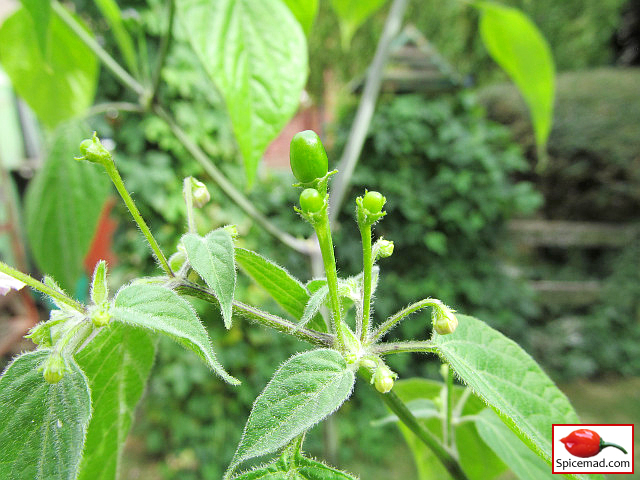 |
| Cumari Pollux - 21st July 2022 |
 |
| Cumari Pollux - 30th June 2022 |
 |
| Cumari Pollux - 30th June 2022 |
 |
| Cumari Pollux - 21st July 2022 |
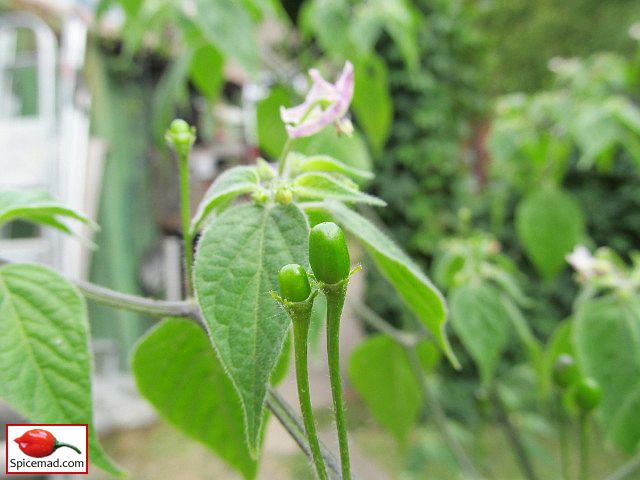 |
| Cumari Pollux - 21st July 2022 |
 |
| Cumari Pollux - 21st July 2022 |
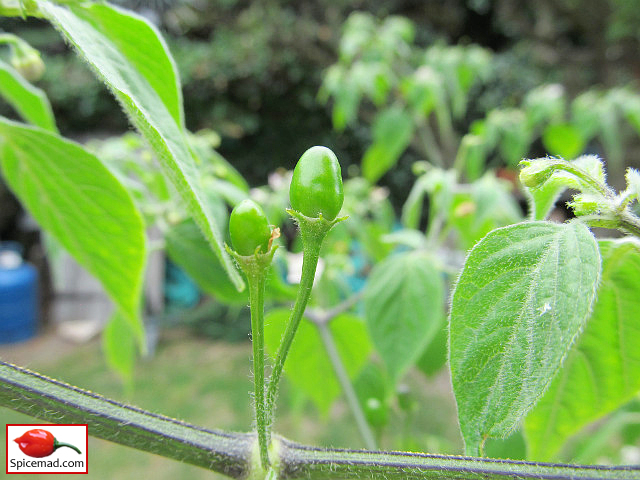 |
| Cumari Pollux - 21st July 2022 |
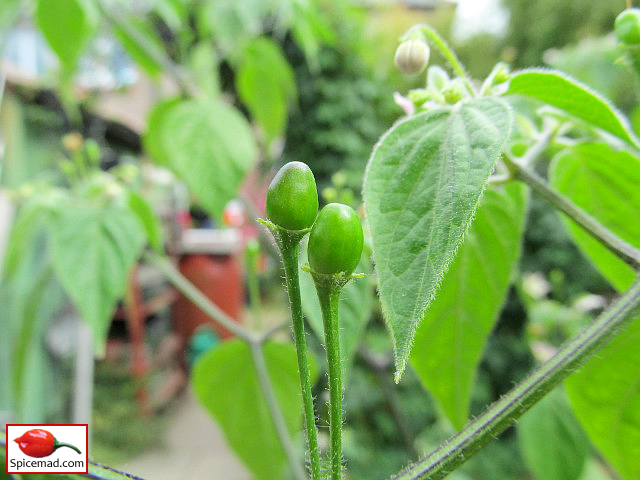 |
| Cumari Pollux - 21st July 2022 |
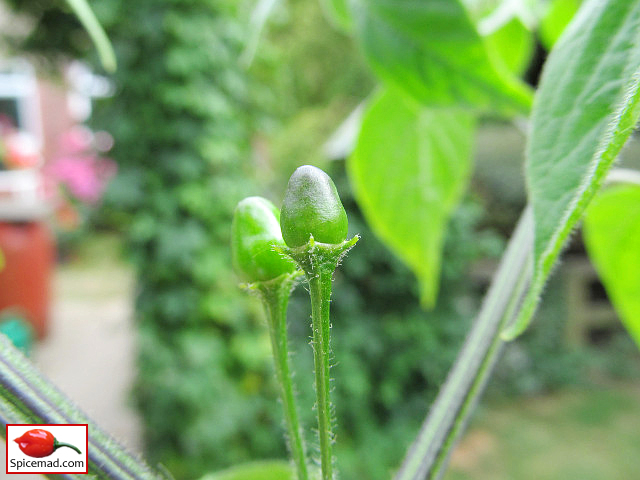 |
| Cumari Pollux - 21st July 2022 |
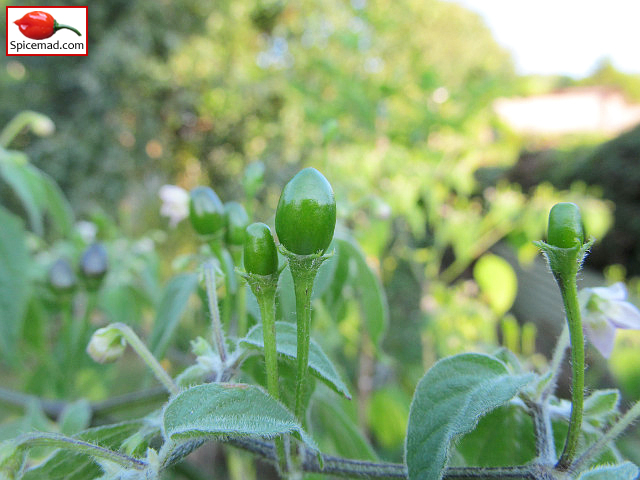 |
| Cumari Pollux - 5th August 2022 |
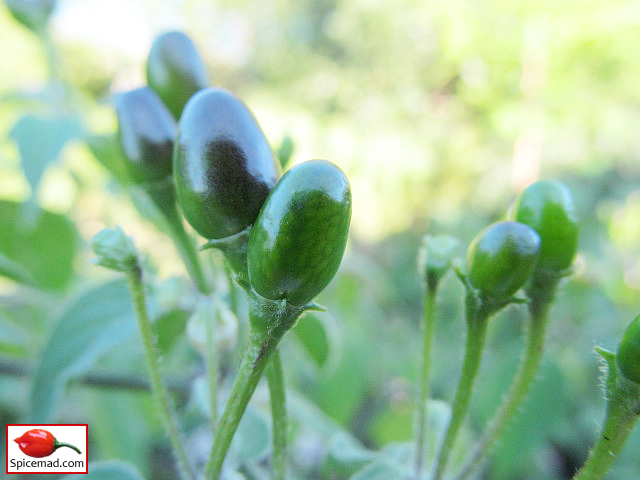 |
| Cumari Pollux - 10th September 2022 |
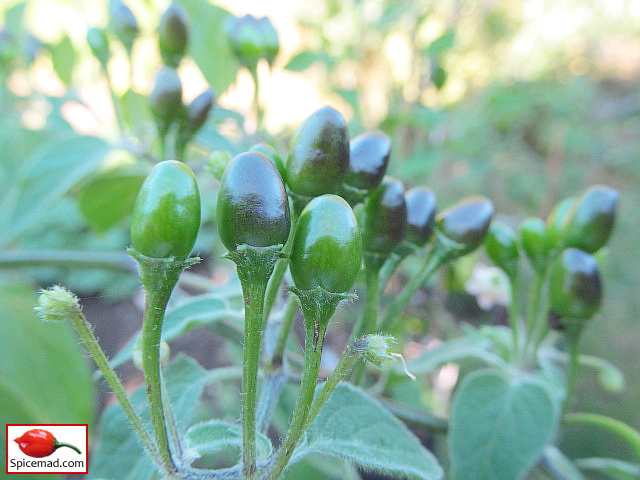 |
| Cumari Pollux - 10th September 2022 |
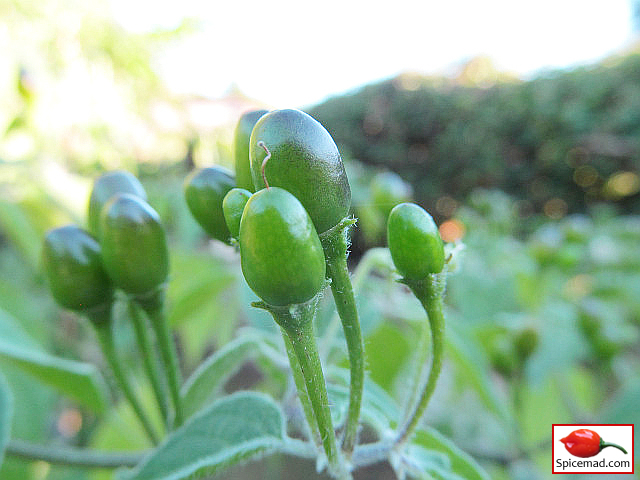 |
| Cumari Pollux - 10th September 2022 |
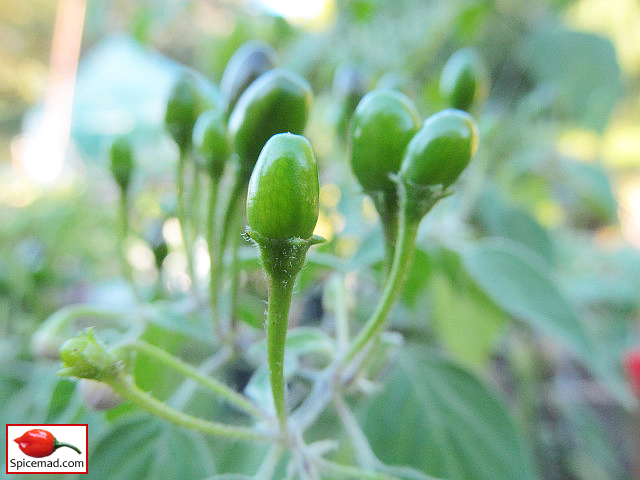 |
| Cumari Pollux - 10th September 2022 |
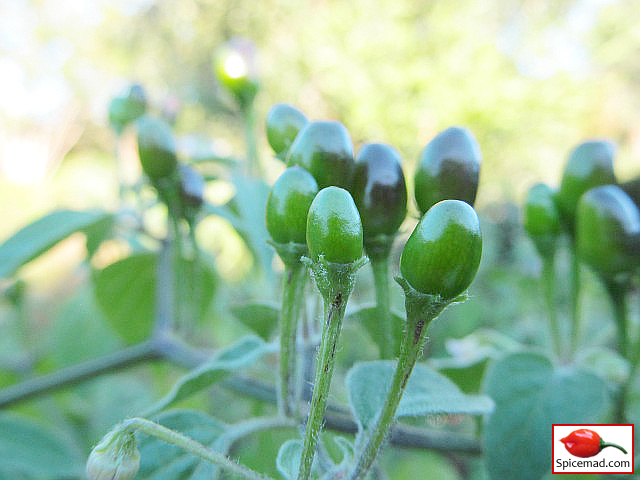 |
| Cumari Pollux - 10th September 2022 |
 |
| Cumari Pollux - 15th September 2022 |
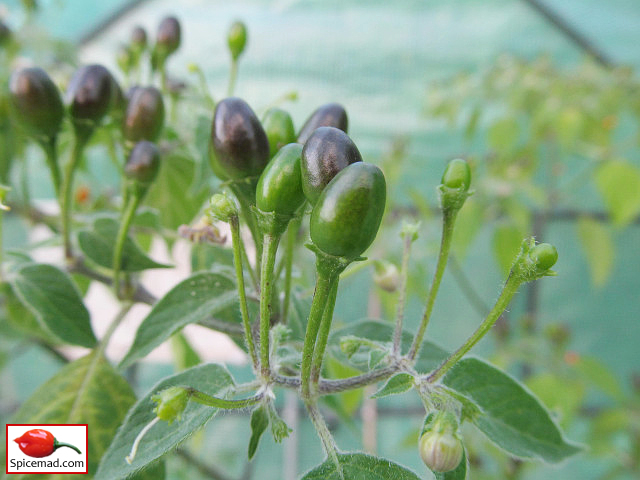 |
| Cumari Pollux - 15th September 2022 |
 |
| Cumari Pollux - 10th September 2022 |
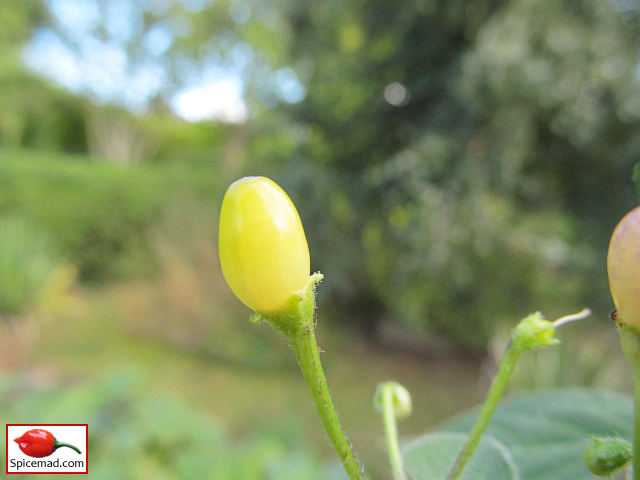 |
| Cumari Pollux - 23rd September 2022 |
 |
| Cumari Pollux - 10th September 2022 |
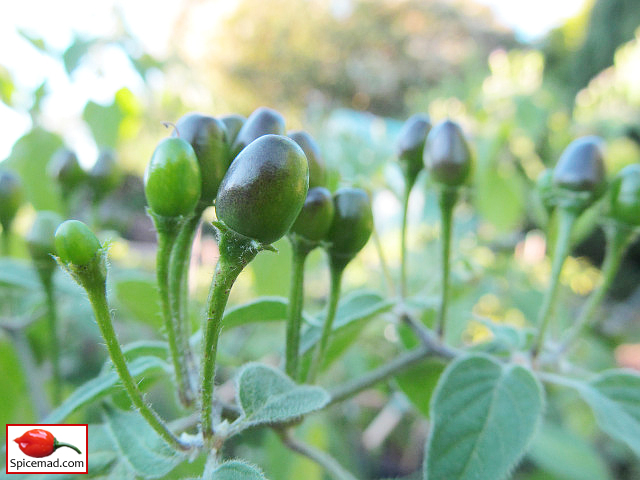 |
| Cumari Pollux - 10th September 2022 |
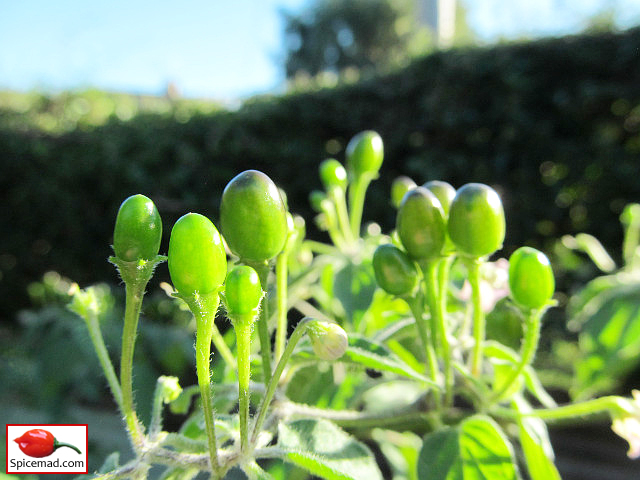 |
| Cumari Pollux - 10th September 2022 |
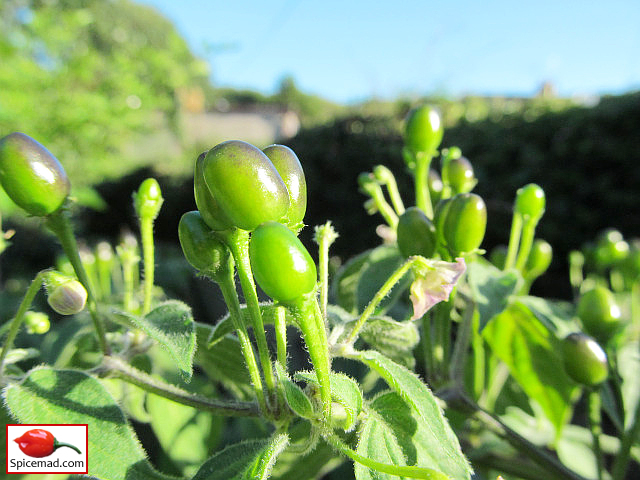 |
| Cumari Pollux - 10th September 2022 |
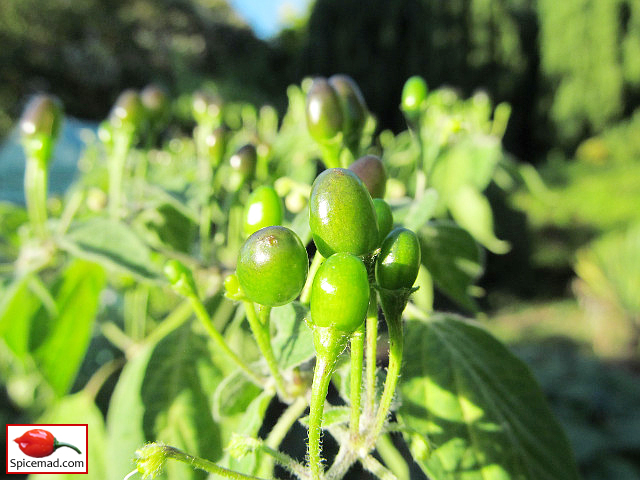 |
| Cumari Pollux - 10th September 2022 |
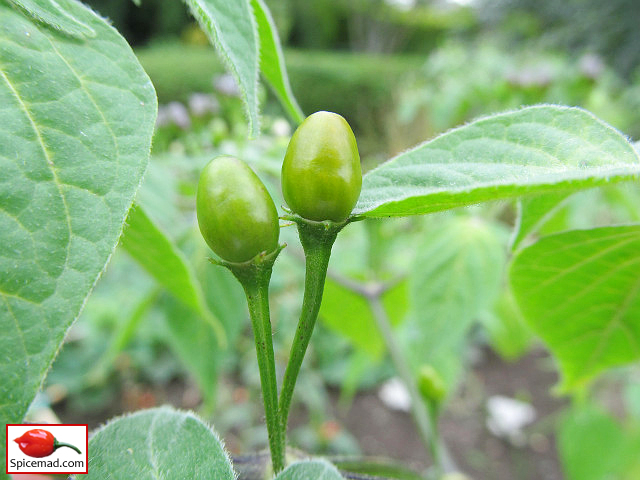 |
| Cumari Pollux - 11th September 2022 |
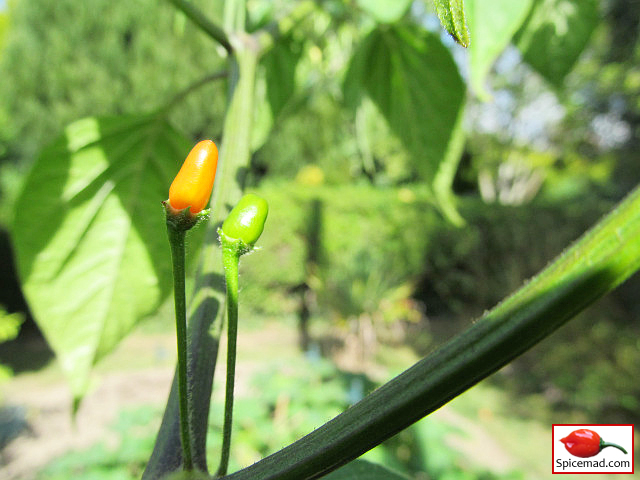 |
| Cumari Pollux - 4th September 2022 |
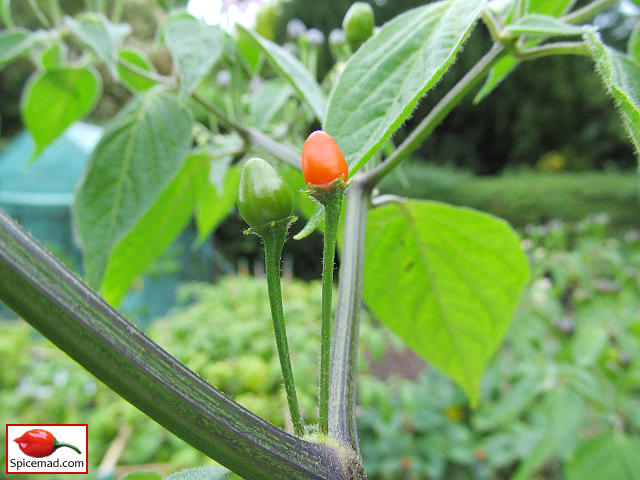 |
| Cumari Pollux - 7th September 2022 |
 |
| Cumari Pollux - 7th September 2022 |
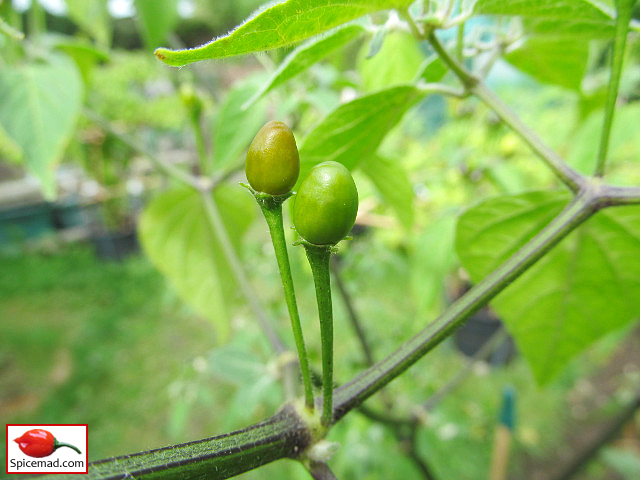 |
| Cumari Pollux - 13th September 2022 |
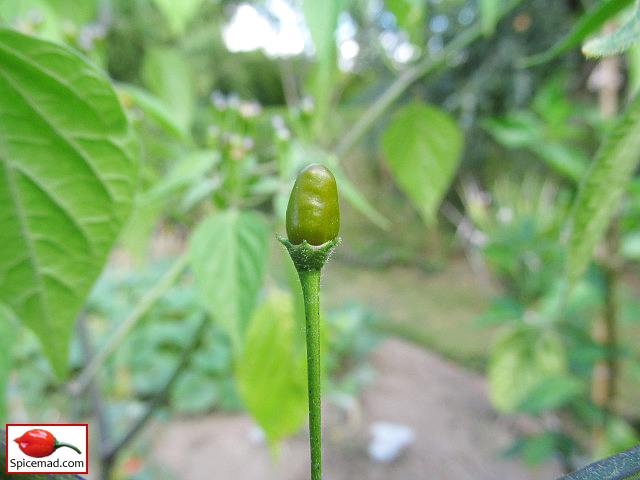 |
| Cumari Pollux - 4th September 2022 |
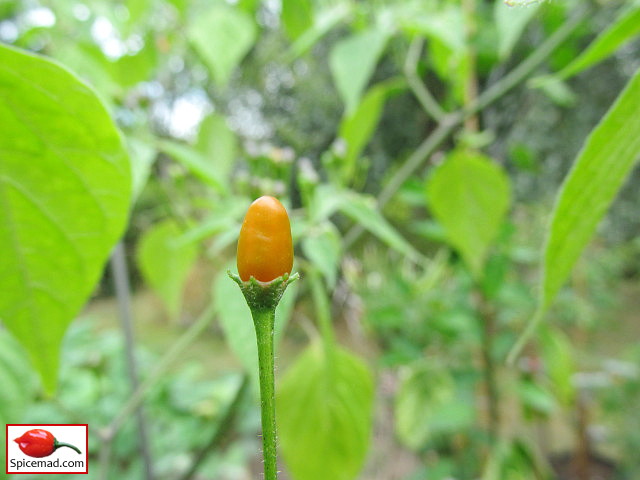 |
| Cumari Pollux - 5th September 2022 |
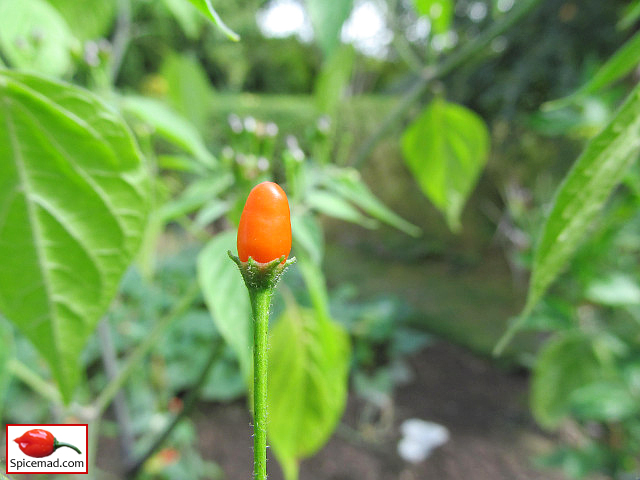 |
| Cumari Pollux - 6th September 2022 |
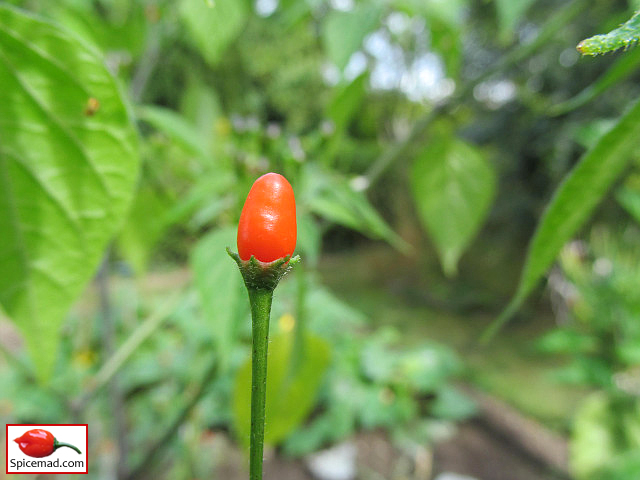 |
| Cumari Pollux - 7th September 2022 |
 |
| Cumari Pollux - 8th September 2022 |
 |
| Cumari Pollux - 13th September 2022 |
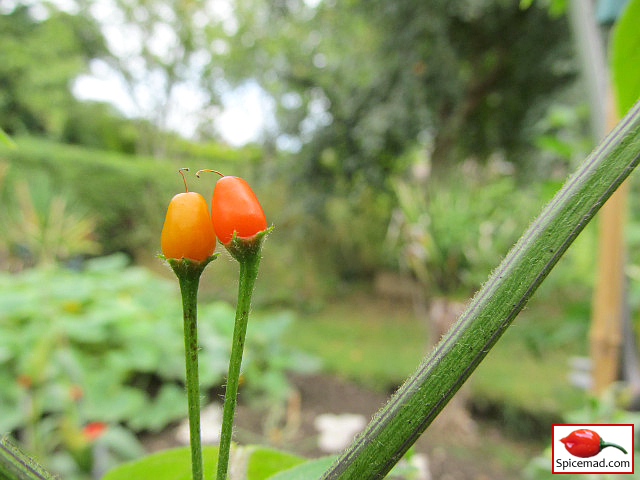 |
| Cumari Pollux - 13th September 2022 |
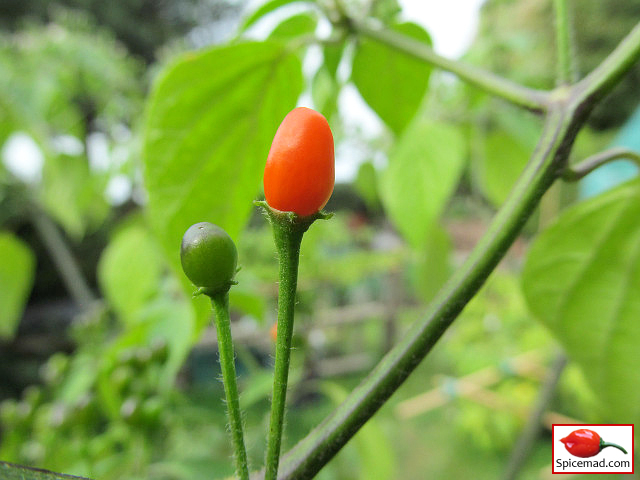 |
| Cumari Pollux - 13th September 2022 |
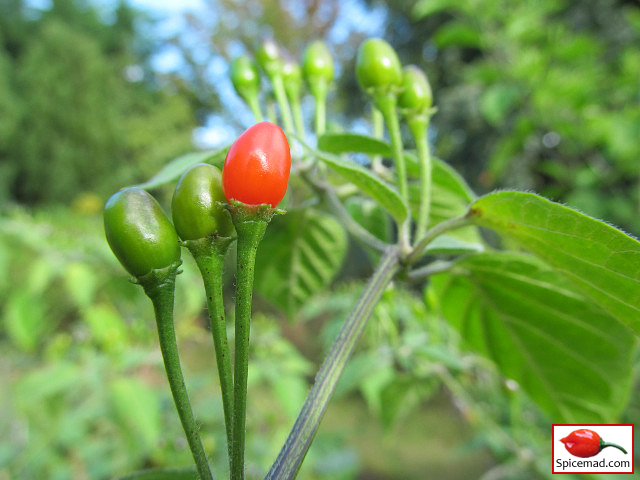 |
| Cumari Pollux - 23rd September 2022 |
 |
| Cumari Pollux - 21st September 2022 |
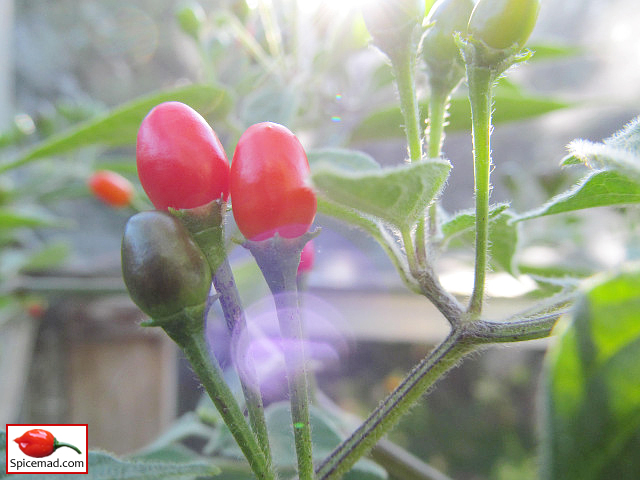 |
| Cumari Pollux - 13th October 2022 |
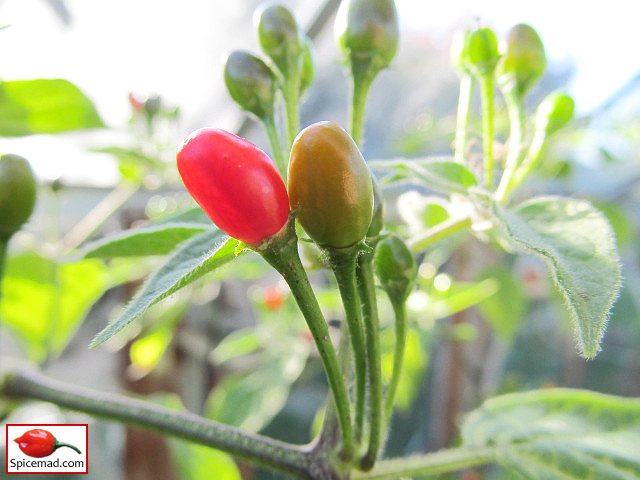 |
| Cumari Pollux - 13th October 2022 |
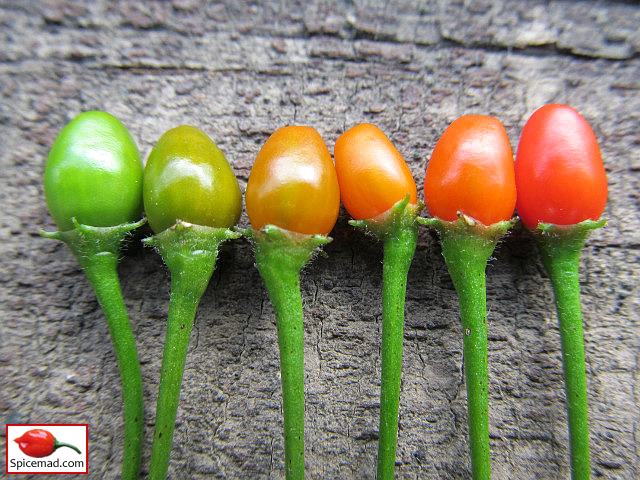 |
| Cumari Pollux - 16th September 2022 |
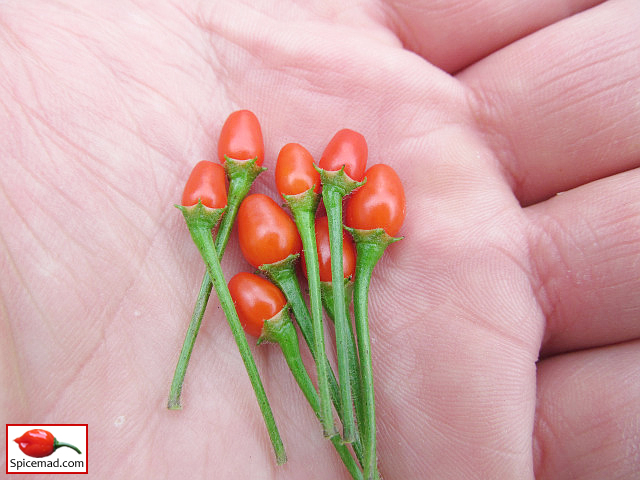 |
| Cumari Pollux - 21st September 2022 |
 |
| Cumari Pollux - 14th October 2022 |
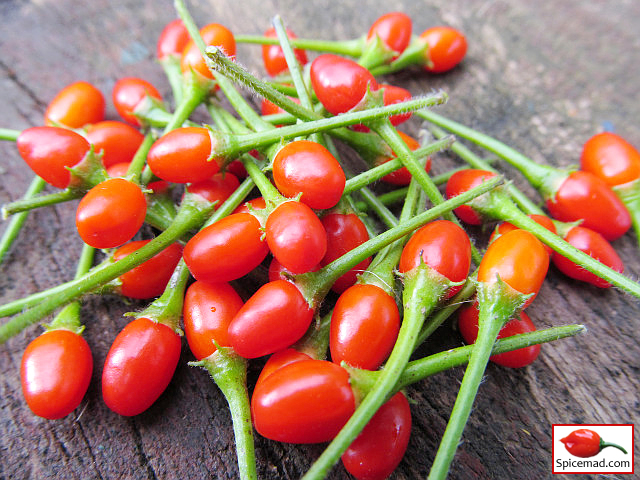 |
| Cumari Pollux - 14th October 2022 |
 |
| Cumari Pollux - 17th October 2022 |
 |
| Cumari Pollux Pedicels - 17th October 2022 |
 |
| Cumari Pollux Chillies in Soak - 17th October 2022 |
 |
| Pickled Cumari Pollux Chillies - 18th October 2022 |
 |
| Pickled Cumari Pollux Chillies - 20th December 2022 |
